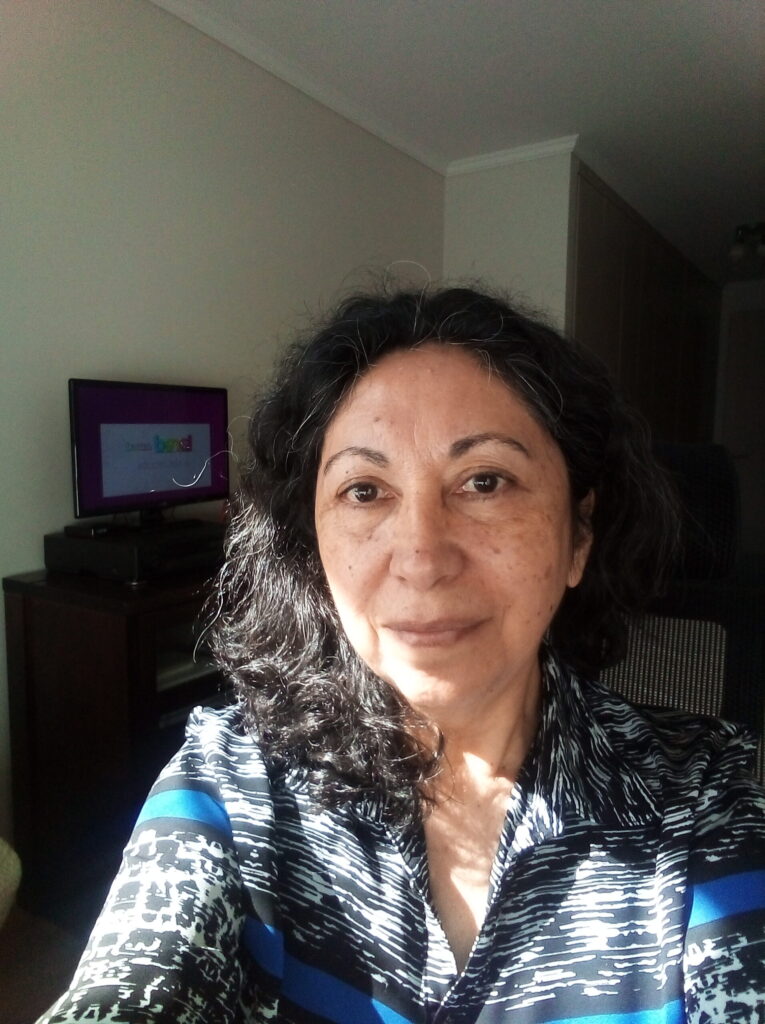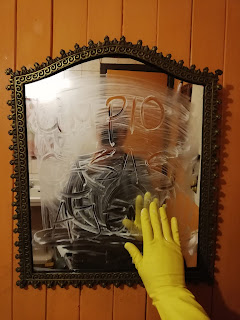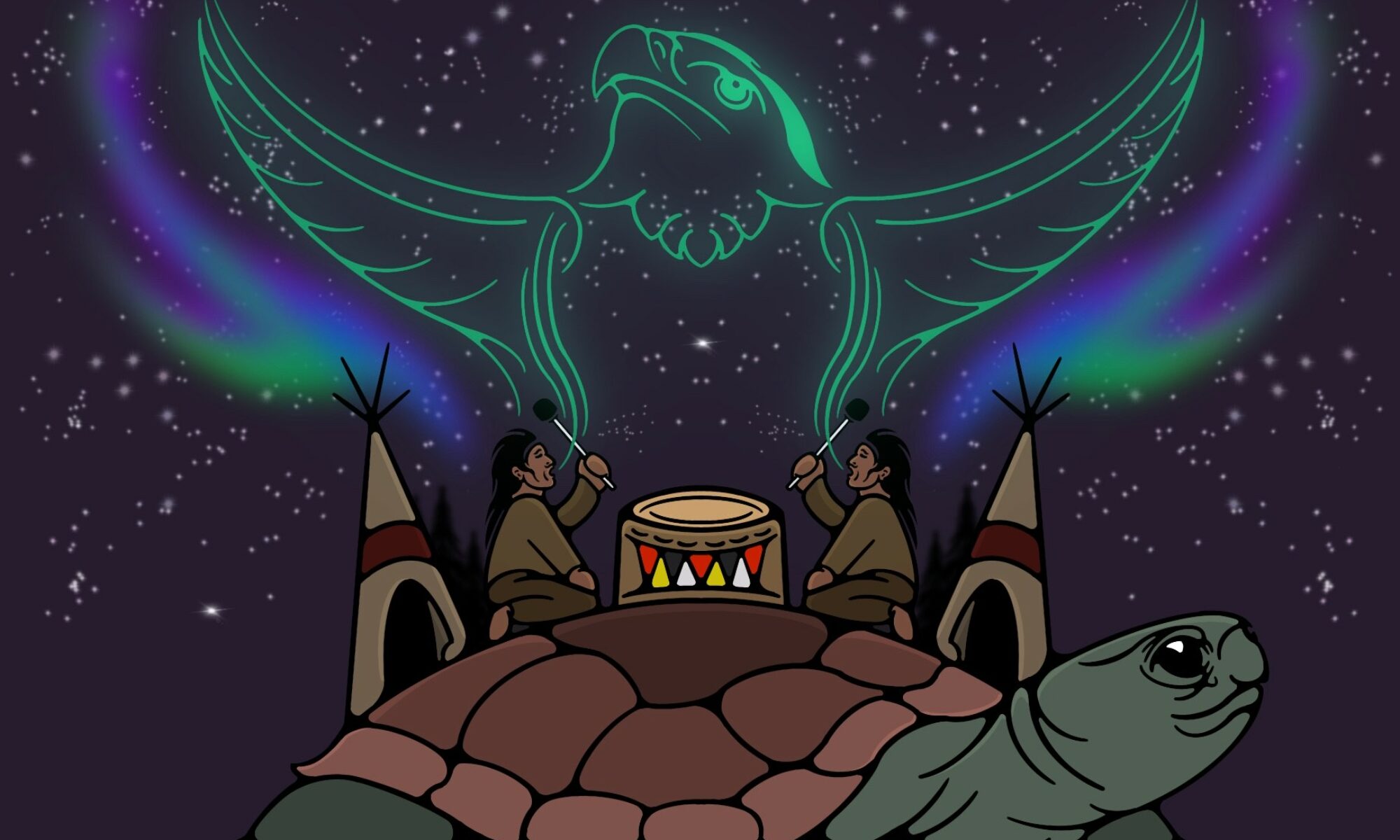By Mabel García Barrera
Translated by Anya Skye Tucker
Visual modern art in the Mapuche cultures emerges strongly in the early 1990’s. Linked with the processes of cultural resistance and the recovery of identity, this art establishes a symbolic border with the cultural and political production that has been imposed by the Chilean State. Nevertheless, like all modern art from this community, it adopts materials, techniques and canons from outside cultures, particularly those which interweave with those from the ancestral symbolic realm. Within this process, Francisco Vargas Huaiquimilla (Calbuco 1989), under the pseudonym Kütral (fire), manifests himself as a multifaceted creator who, within a short career, has contributed a solid and disruptive project to the Mapuche artistic scene that problematizes the ethical, sociocultural, and political dimensions and neoliberal version of colonial culture.
Vargas’ proposal highlights a constant search to break canonized forms and settle on the borders of artistic genres, generating a bridge between literature, the visual, and performance. Operating from the insistence of complaint, Vargas aims to recreate multiple versions of feeling and meaning in his work.
In the literary field, Vargas has three books: the poetic “book object” Factory (2016), the collection of poems Troya es tu Nombre (“Troya is your Name” 2019), and the narrative text or “book-script-installation” La Edad de los árboles (“The Age of the trees” 2017). In the field of the visual, his installations and photographic works expose the violence of a State that marginalizes and endangers the existence of the Mapuche peoples. Conscious of the process of the invisibilization of these events, Vargas constructs a viewer-oriented visual narrative, through a textual strategy that anchors details of the context in a composition of realistic images poetically stitched together.
The images we have selected here evidence the conflict between the Chilean State and Mapuche nation: original peoples whose territory has been invaded and stripped, later privatized, enclosed with wire, and, through an economistic logic of production and land depredation, has been seen for its market value alone. This perspective opposes the community vision of the Mapuche cultures, whose worth is found in subsistence and a sacred connection to and respect for the natural environment.
The aesthetic device of Francisco Vargas’ images emphasizes the neoliberal imprint of Chilean culture on Earth Mother (Ñuke Mapu) and the Mapuche. The artist accentuates this imprinting process with irony, through the resources of corporeality and advertising. He gives rise to a visual strategy that operates through inversion, by reiterating how superficial ethics proceed. The reinterpretation of the symbols of merchandise stands out in his work, for instance, when he transforms the logo of the multinational business Nike to Ñuke (Mother Earth), or of Puma to Pangui (puma, in Mapudungun, the Mapuche language); thereby alluding to the invasion of the radiata pine and eucalyptus monocultures that are carried out by the transnational forestry companies established in the territory, monocultures that progressively push back the native forest, dry the soils, and consequently strip wildlife and Mapuche communities from their native land.
In the words of Francisco Vargas Huaiquimilla:
“The performative exercise Cosecha (“Harvest”) is an investigative work about the Mapuche Huilliche body and movement in closed spaces, the structures of the trees, timber, forests, and systems of mass production: a study of the breaking of the body, memory, and their movements” (Dossier Notes 2020).
This provocative work impacts the public space through its stark realism, insofar as it seeks to affect the senses and through them shock spectators, making present the memory of an everyday violence which is quickly consumed in the news, but does not transform cultural relationships. The work opens with signs that mobilize the synesthetic associated with the physical and psychological pain of the victims and offers testimony to this particular historical relationship. An example of this artistic proposal is the work La edad de los árboles (“The Age of the Trees”), a video-script text that exposes repression on the part of the police. The work alludes to a Mapuche minor, who despite being subdued by the police, is shot with 180 pellets from a distance of fifty centimeters (one and a half feet). This event is one the artist prints as a tattoo on his own back, denouncing the territorial conflict that has been maintained since the founding of the Chilean State.
About Mabel García Barrera

Mabel García Barrera is an academic at the Universidad de la Frontera (“the University of the Border”), located in the city Temuco, Mapuche territory, in Chile. She is a State professor of Spanish, a master of literature, with a degree in applied political sciences. She has investigated, written, and edited books and numerous articles about Mapuche literature and art in mainstream magazines.
About the translator
From the Appalchian mountains, some of the most ancient in the world, Anya Skye Tucker has studied at the North Carolina School of Science and Mathematics, and the University of North Carolina at Asheville. Usually, you can find her scooping ice cream and learning from the beings of the world.
More about Francisco Vargas Huaiquimilla
- Francisco Vargas’ blog: http://franciscovargashuaiquimilla.blogspot.com

